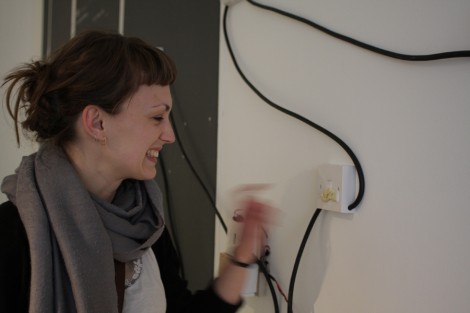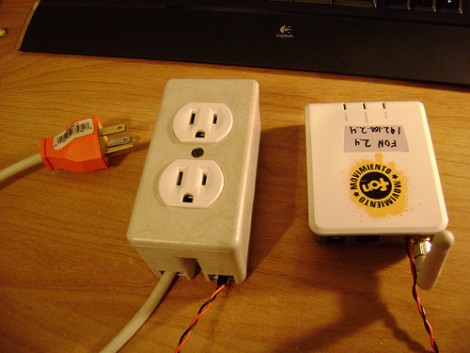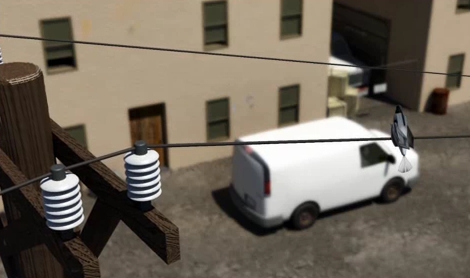
[Katrin Baumgarten] has fourteen switches that are made to gross you out. From a button that retreats into its hole as your finger approaches, to a mysterious goo-oozing faceplate, to a hairy housing that gets aroused as your try to flip it on, the intrigue is enough to get you to try out the next creepy node in the network. There’s a clip of several different switches after the break and if that’s not enough she’s got more on her Vimeo channel.














